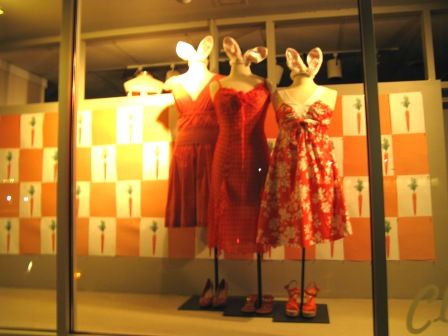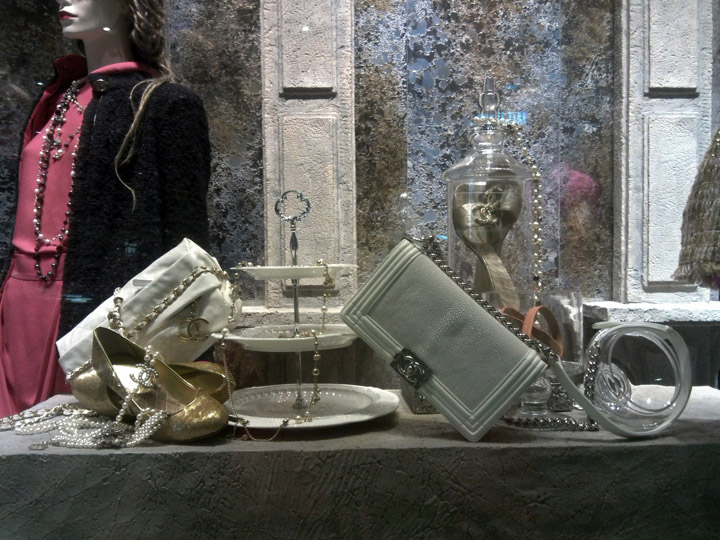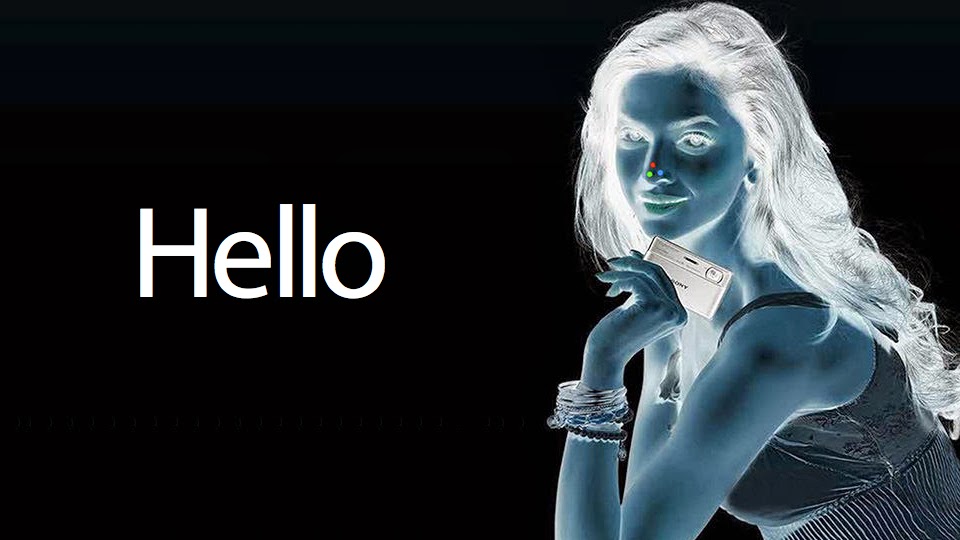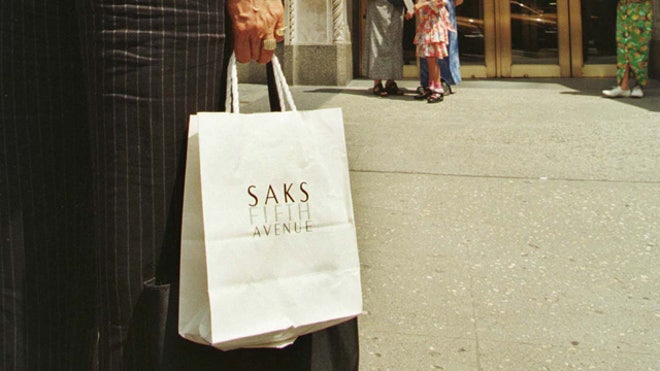In Retail Strategies 1 we explored the ways in which retail
establishments position themselves for profitability. We looked at
branding, positioning and market segmentation. In this course we will
put those concepts together to understand the practical ways in which
stores can maximize their engagement with consumers.
In this course, we will devote ourselves to Visual
Merchandising - the art and craft of creating displays, promotions and
merchandising systems that generate sales, establish brand identity and
encourage customer loyalty.
FOR TEXT REMINDERS, GO TO
www.Remind101.com class code is visualm
Why Do We Display
Visual Merchandising is
not just a way of displaying merchandise to look attractive for the
customer. It is a way for stores to say "This is who we are, and this is
what we stand for."
We show in order to sell.
A visual display should make an impression that will affect future sales.
A display person can be a purveyor of dreams but is also selling a reality.
What do customers think when they see:
How do they associate themselves with this display?
A merchandiser presents far more than the good for sale, they are selling an IDEA.
What if they don't look like the mannequin?
There is very little difference between merchandise sold in different stores.
BRANDING is the reason that people like to carry around bags from certain stores.
They want to be associated with the IMAGE that the store represents - largely through it's Visual Merchandising.
What Can Displays Do?
• establish brand identity
• introduce a new product
• showcase a fashion trend
• educate customer about new ideas
• show how products can be used, worn or accessorized
A Display challenges the customer to enter the store, where there are opportunities to connect and make sales.
This
is a Hands-on career. Although much can be done on computers in terms
of layout and graphics, the Merchandiser is still working with three
dimensional objects in a three dimensional space.
Key Skills are:
Analyzing
Planning
Creating
Buy your supplies. You will need to bring them to
class each day, so you'll need something to carry them in. Supplies are
due on Tuesday, January 21st.
Bring a flash drive to class on Tuesday, January 21st
Sketchbook is due on Tuesday. There should be at least one entry in it.
Create an account on Pinterest. Create a Board entitled "Visual Merchandising," and pin three images that inspire you.
READ: Chapter 2 in the Textbook - color and texture, it is the handout I gave you. There will be a quiz on Thursday, January 23rd.
Order the Textbook. Bring it to class on Thursday, January 23rd.









































